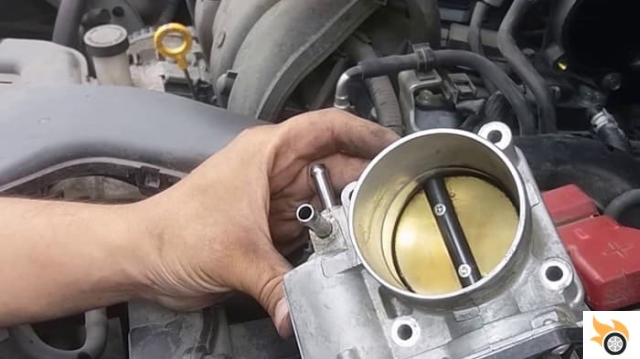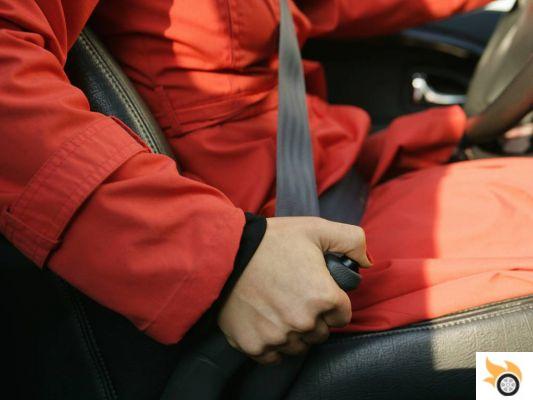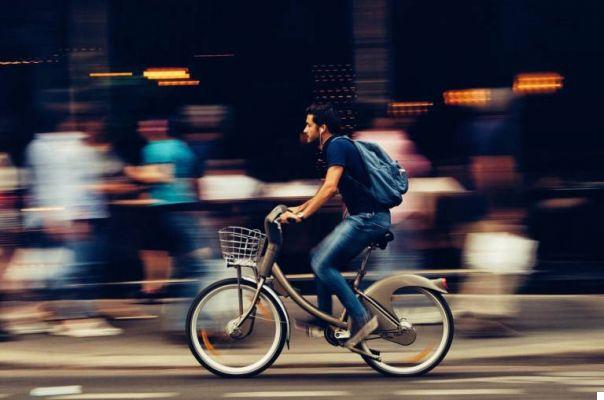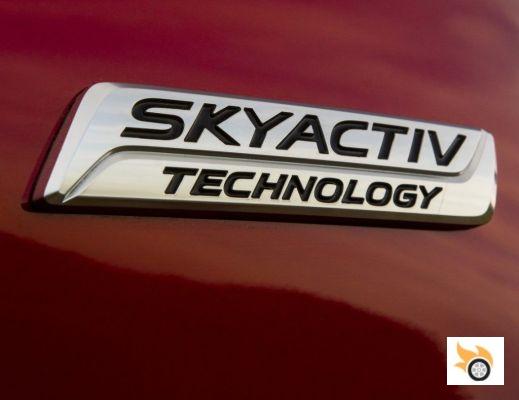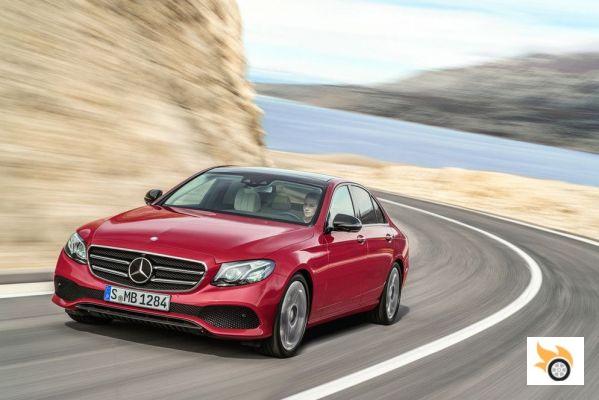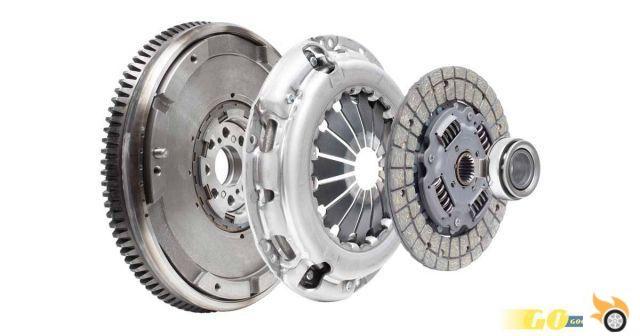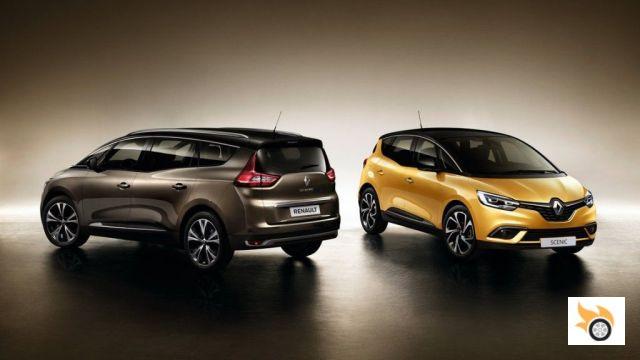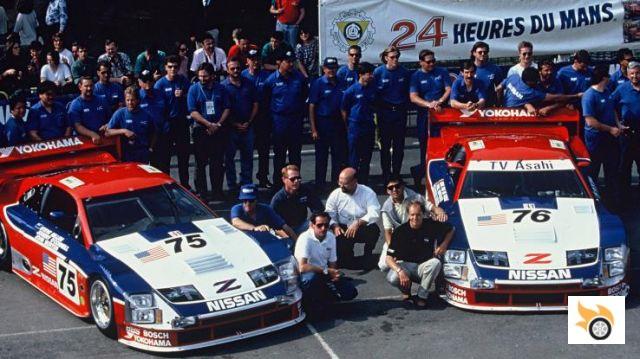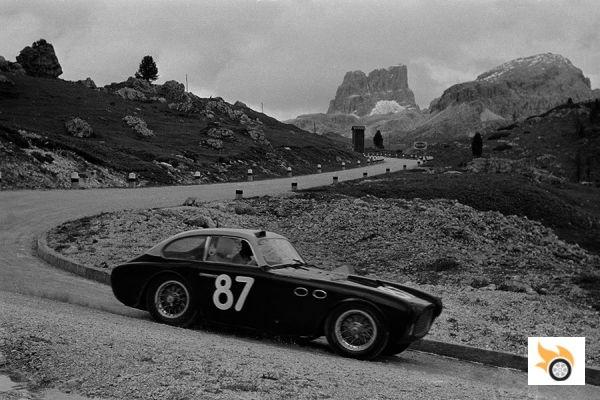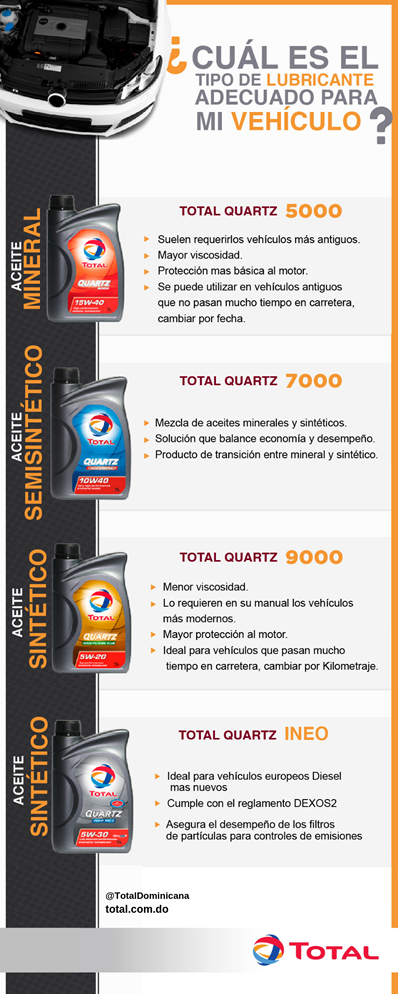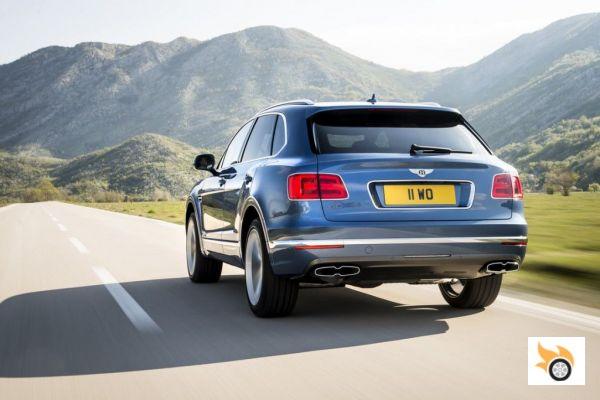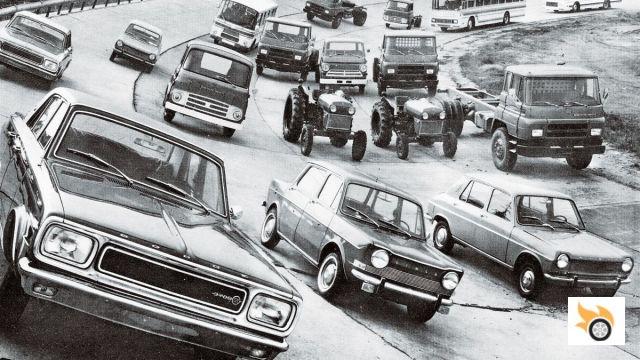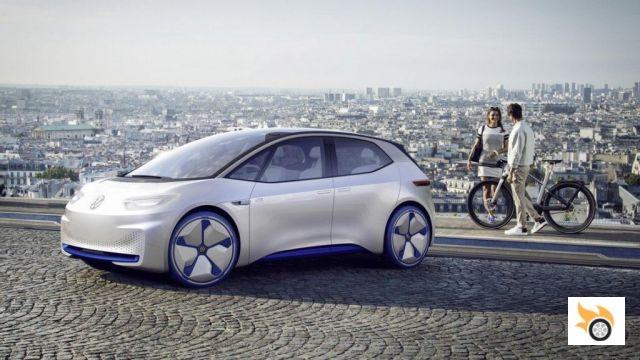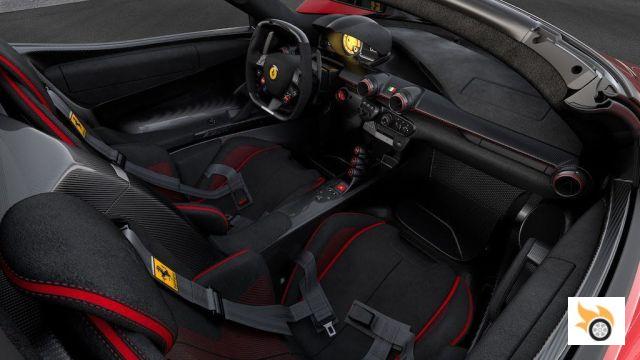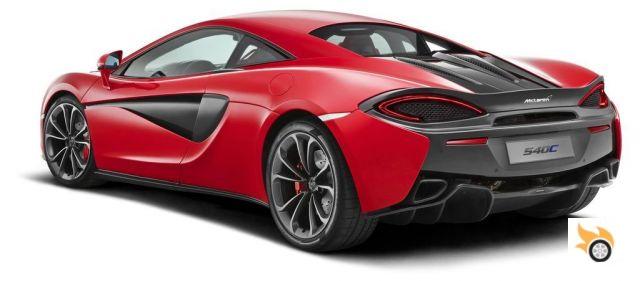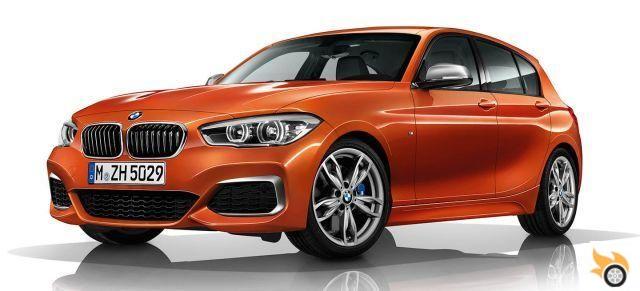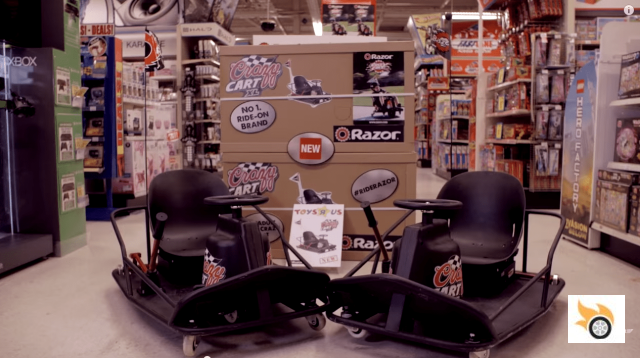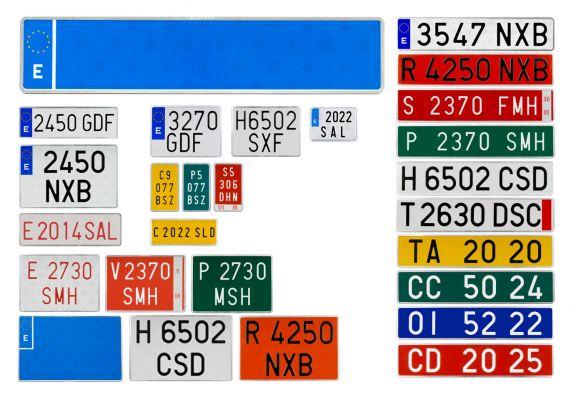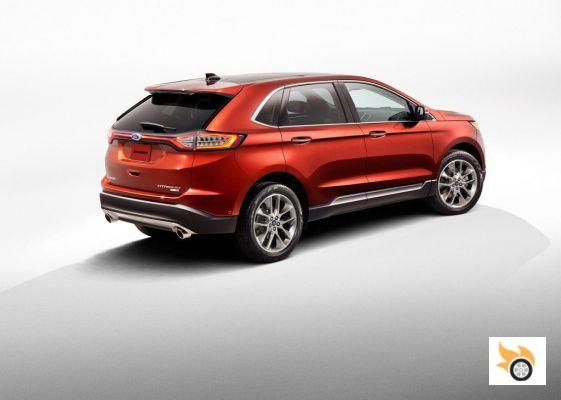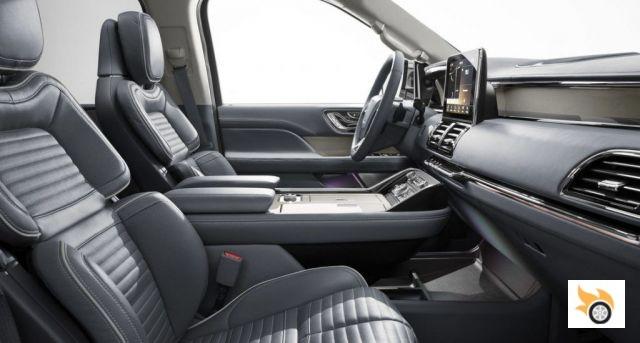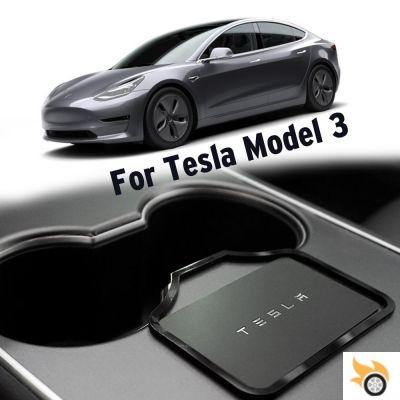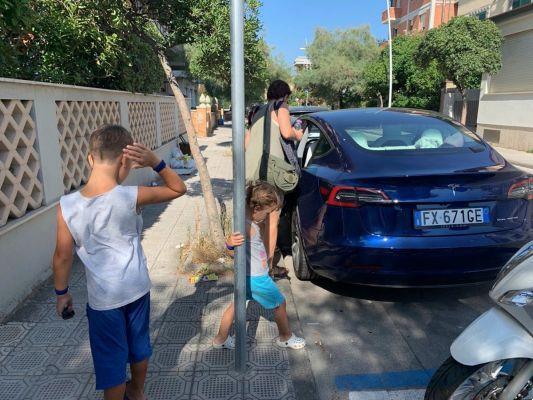
A funny thing happened in my family's life this summer. We drove around Tuscany for ten days to talk about what it's like to use an all-electric car. That is, the trip was for work, but explicitly trying to put a piece of life into it. Not the circuit test or driving around town with the PR person next door telling you how good it is and how good it is. No, instead we convinced Tesla to give us a long range Model 3 dual motor test for ten days around mid-August, I loaded the family onto it (partner and two children aged almost seven and almost four) and off we went. The only mentor, the "Guida illustrata del Casentino" written by the lawyer Carlo Beni released in 1881 (mine is an anastatic reprint, obviously). Because the Casentino, in my opinion the most beautiful of the three main valleys in Tuscany, was our other half. From there we moved on for all the subsequent moves, as I tell in the article I wrote for Il Foglio and which comes out on Tuesday 3 September.
It is the cover story of the Innovazione del Foglio insert (put together by Eugenio Cau, Innovazione comes out every first Tuesday of the month), and – if you like – you can find it without extra charge with Il Foglio on newsstands or here online, always for a fee ( Il Foglio pursues a proud "no-free" policy of content, in my opinion with quite a few reasons). Small promotion: although I also write to it, I think Innovation is the most interesting thing explicitly dedicated to technology, digital and its surroundings that is published by a national newspaper. I told you. End of promotion.
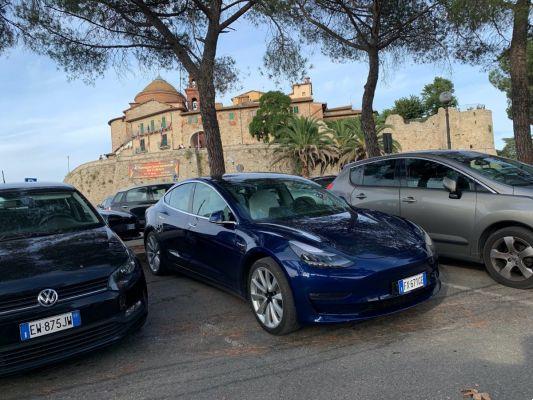
Carlotta16
I anticipate some thoughts. The first on Tesla, the company founded by Elon Musk and criticized not even like Steve Jobs' Apple by pro-Microsoft. I won't go into the merits, even if there is obviously a passage dedicated to this aspect in the article. Critics basically argue that Musk is a peracottaro, while for fans he is a kind of reincarnation of Steve Jobs with more hair and a few years younger. For me, Musk's personal, business and financial life is not interesting. What I register is that Tesla, despite not yet finished considerable difficulties, in a few years has managed to create an entire ecosystem based on a radically innovative and progressively cheaper car idea, complete with a network for recharging which is an integral part of the project. Regardless, they did it, and the Model 3 is a car that exists, you can buy, and it works. It is a compact four-door "executive" (i.e. high-end) sedan in the E segment. It is totally electric and relatively inexpensive ($35 in the ideal world of price lists, but with the various trim levels and engines it reaches 60). The purpose of the test was to see if this, which is undoubtedly the most advanced tip of the electric car (in the article I somewhat pompously defined it as the "Platonic ideal and "ideal type" of electric car), "is there". In the sense: it really is a car that a middle-class family could buy instead of a BMW 3 Series, an Audi A4 or an Alfa Romeo Giulia (to remain in its segment and price range) and go running without problems?
TL;DR: Yeah, great!
White interior
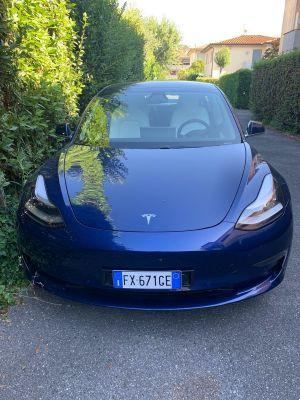
The test version, "our" Carlotta16, was ocean blue with white interiors, a combination I must say remarkable and absolutely resistant to the travel test with luggage and children: when at the end of the test I disassembled the high chair and booster seat (my eldest son is six and a half years), having taken away the things to eat and all the rest, brought home the suitcases, sacks, bags and even the electric guitar (don't ask me anything), after having sucked up the tons of crumbs and pieces of crackers and various biscuits, the The car's interior was perfect. We've done shorter-term rentals with comparable cars that have had dramatic results.
Carlotta16 is the dual range and dual motor version. This essentially means that it has a high range (499 kilometres) compared to the "normal" version, and greater acceleration and top speed (it does 0-100 in 4 seconds and reaches 233 Kh/m, which traveling with the family on Spanish roads and highways of course I have never touched). The "major" version, the Performance, does 250 and 0-100 in 3,2 seconds. It also has a "track" driving mode which I'll explain in a moment because it's part of an important change in cars in my opinion and consequently the way we should learn to drive them.
Carlotta16's two motors (one in front between the front wheels and one behind between the rear wheels, with a significant prevalence of torque for the latter) are synchronized via software (there is no joint with a transmission and a differential that turn the front and rear wheels in synchronism mechanically) and create an AWD (All Wheel Drive) traction different from the four-wheel drive. They work perfectly but all in all they are more flexible and configured to be more “generous” with driver errors than a 4WD. Unlike a four-wheel drive, which if it breaks down or loses grip on all four wheels then has serious problems with the set-up recovery, the software corrections, the weight distribution between the two axles with the two engines and the platform with all batteries making a remarkably stabilizing "ground effect," the Model 3's AWD is harder to get off. And thank goodness.
How much does the Model 3 cost
Tesla Model 3 vs Cinquecento (Photo © Antonio Dini)
The final price, including the 19" sports rims, if I'm not mistaken is around 55 euros, or a little less. I say "if I'm not mistaken" because then there are the incentives, which vary from region to region and according to the historical moment, including the part of the possible scrapping of another vehicle, and which are, however, limited to the threshold of 60 thousand euros (above cars are considered luxury and there are no more incentives possible, I was told). In short, understanding the final price is not easy. On the Tesla website, where cars are bought as an alternative to their showrooms, there is a step-by-step guide. Then there is also the possibility of making further purchases, both during the configuration phase and after having bought the car, and that is to take the software for assisted steering and assisted navigation.
This opens a second chapter, and that is not so much the fact that the car is electric - it can in fact be driven like a normal and very fun car with a single 9,5-to-1 ratio and immediately available torque for acceleration and acceleration burning - as it has sensors, continuous LTE connection and constantly updated OTA software that allow you to have a form of simplified autonomous driving and partly blocked by local regulations. However, as Tesla claims, the quantity of sensors and the computing power of that car is "future-proof", in the sense that when an app smart enough to be able to actually drive the car by itself, instead of assisting the of the pilot, there will be no problems with computing power or sensors. And moreover, there won't be any problems even when the third generation Superchargers arrive in Spain, Tesla's charging stations with 250 kWh of power (they currently have less than 120), which will reduce charging times by 10%-90% from half hour/forty minutes to ten minutes. Because, unless you make long journeys, the batteries should never be fully charged to keep them in good condition for many years (like fifteen).
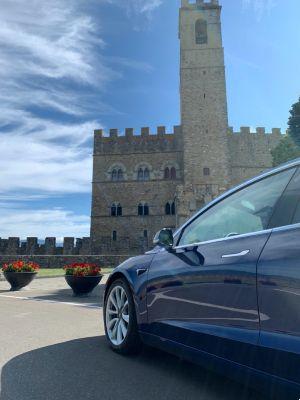
Tesla Model 3 Poppi Castle (Photo © Antonio Dini)
What's more, the Model 3 is essentially a maintenance-free car: with a few dozen moving and sealed parts, it has no oil to change, not even the brake pads (which are constantly helped by regenerative engine braking and last more than 100 km) and very few internal organs. There is for example no conventional transmission. It's a car that "afterwards", if it doesn't have accidents, the garage never sees it again. And this is common to fully electric cars but not to hybrids (which indeed need a lot of maintenance), so much so that it is probably the reason why dealers do not recommend them with pleasure and indeed often try to dissuade them from buying them (they earn a lot more from the maintenance of traditional combustion engine cars).
The reasons to think that the Model 3 as TCO, total cost of ownership, is lower than the thermal competition could be real. But it must be verified and certainly not done in ten days. The first Model 3 specimens were manufactured in the USA in July 2017, in Spain it has been sold since last May and there are a little over a thousand in circulation. The "promise" is that it is a car capable of lasting - including the battery - from three hundred thousand kilometers upwards, up to 600 thousand without problems and without engine wear in the traditional sense, because electric motors do not wear out and phase like the thermal ones (try to look at the old trams of Milan, the 1500 Series trolley cars designed by Peter Witt in 1928, which still run without problems).
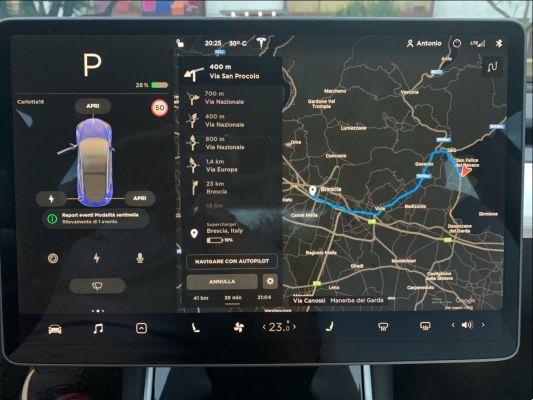
Tesla Model 3 The dashboard at night (Photo © Antonio Dini)
I can't think of anything else general, but they'll crop up going forward. There are Model 3 specific problems that now quickly into a “good vs ugly”.
The beautiful, the bad and the ugly of Carlotta16
Tesla Model 3 Small but very precise steering wheel (Photo © Antonio Dini)
The thing that I didn't like at all from the beginning is the button for opening the doors in an electric way, placed where one would expect the button for the windows. Especially if you have children who tinker, you don't like it. Then, there is the handle for opening mechanically, which they tell you not to use because the windows lower before opening or closing (there is no upper profile, like in convertibles and other sports cars) but in that case there is no they do and you risk doing damage. My father and my partner tried it, as well as I once, but luckily it was always good and we didn't rip the seal or break the glass. But I would have protected the lever more and above all moved the opening button.
On the glass roof in the middle of summer I already mentioned above. There is also the problem of the rear window which is narrow and very high, because the pillar has been retracted. In practice, you can see very little from the central rear-view mirror and you always have to fight with the passengers' heads and any packages placed on them. Not much stuff, if one really wants there is the rear view camera that can be activated on the central screen, but you miss the navigator and all the rest.
I have no other negative things to find, except the general consideration that changes a lot. The beauty of this car is the style. I really like the Californian neo-minimalism: it looks like a car made by Apple especially in the interior. Interiors that are totally absent: there are two pedals (brake-accelerator, but the accelerator is enough to drive), the small and highly adjustable steering wheel (there is nothing to see through) with two four-way wheels above it, and the arrow sticks on one side and windscreen wiper on the other (the headlights are not). Stop. Ah, yes: there are two buttons, where the front courtesy lights usually are. One for the double arrows and the other – which my father pressed thinking it would turn off the lights which instead turn off by pressing them directly – directly connects with the Palo Alto headquarters in the event of a total global emergency. Luckily we stopped it in time.
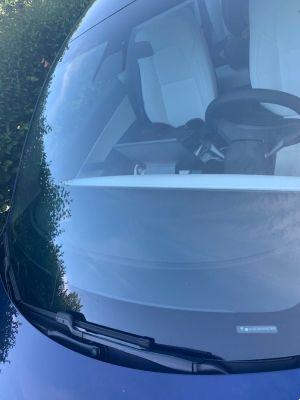
Tesla Model 3 interior (Photo © Antonio Dini)
Everything else is in the 15-inch horizontal orientation rigid touch screen which is a pleasure. You can do everything and do it comfortably. The radio/spotify/phone adjustments get a bit difficult if one insists on doing them manually without invoking the voice assistant, but otherwise it works very well indeed. It is non-distracting and provides a unique and comprehensive perspective on driving activities. I'll be back soon, if I remember.
The materials of the fittings are super sober but distinct. If you are people with cars in human skin and dashboards that look like a schnocker, with chrome buttons, levers and buttons like a fighter-bomber dashboard and a wealth of random OLED screens almost everywhere, you're on the wrong car. Too bad (for you).
The engine and the drive
I purposely put the style of the car as what I like the most. Interior and body design are great, I really like the whole package. And the guide? Well, that's science fiction. I found that driving this car for ten days was one of those experiences that take away the pleasure of getting into a normal car for the rest of your days, precisely because it is a complete experience and very different from its competitors in the same segment . It's not like driving around in a Porsche, which has nothing to do with sedans: this is definitely an ordinary car with impressive performance and delightful styling and lines. Just as it should be, in my opinion.
The consideration is not only aesthetic: driving is very easy, especially if you are already used to automatic driving. The selector next to the steering wheel is a lever that allows you to select up, down or by pressing. This last move puts the car in Parking. Towards the other there is reverse (R) and downwards mode D (drive, gear or "direct" as it was once called). Neutral is found by lightly flicking the lever between D and R once.
D is not an automatic gear in the sense we are usually used to: the wheels of the car have a single direct contact with the engine, with a relationship whereby about ten revolutions of the engine correspond to one revolution of the wheels. Both forward and reverse, depending on the phase of the electric motor. Theoretically it could do 233 kmh backwards too but obviously it doesn't because it's limited by the software. It doesn't do more than 233 forward again because it is limited by the software. In theory, the electric motor dumps all the torque right away and keeps going until it spins too fast and overheats or drains the battery at epic speed. To give acceptable driveability and place the three models on the market, the engine or dual engine is limited. And everything, from the traction to the sensors that watch over a hundred operations per second, is built around the software. Warning, I'm not talking about intelligent driving but about driving and that's it. The car is basically an iPad with four wheels, it has nothing to do with the way other cars are designed and built.
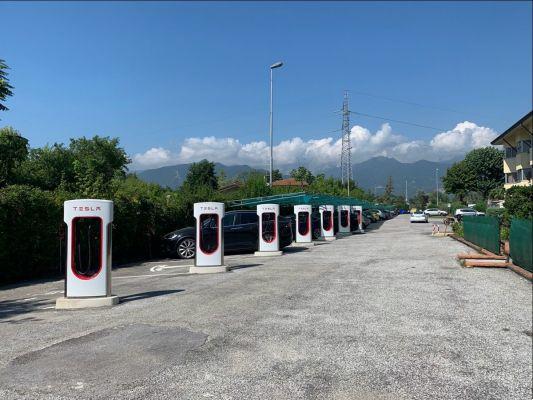
Tesla Model 3 Supercharger recharging in Forte dei Marmi (Photo © Antonio Dini)
The innovation
The "track" mode I mentioned at the beginning explains it well: it's not a question of "unhooking" the ABS or traction control as is done on powerful luxury sedans, or even sports ones, going towards the "raw mechanics ” of the car. Unbridle the beast. No. It's different here: it's switching to a real custom (and customizable) profile that regulates everything differently: engine, suspension, torque, traction, etc. The other cars are bound to a predefined mechanics, the Model 3 is basically programmable like a computer. To say: if there is a suspension problem (it was not our case) the parent company detects it and can intervene by correcting the calibration remotely. It is definitely not the same with Audi or BMW.
I think that the value of Tesla in the construction of the car is precisely this: having innovated by bringing a different and external gaze to a sector such as that of automobiles in which the big manufacturers thought about innovating but only when they wanted but also how they wanted. A bit like the old Nokia when the Apple iPhone arrived in 2007, which claimed that it knew how mobile phones were made. In fact, then we saw what happened, and for cars the Germans or the French or the Japanese are also seeing it (Fiat is not clear what they saw) as well as the Americans. If one day you ever ask yourself why Tesla has so many specialized press against (especially in the past, but in short) the answer is probably in the fear of the major automotive manufacturers on the planet which is reflected and internalized by the entire sector, including journalists.
Another way to go for a walk
The car makes no noise. But really nothing. From the outside it is impressive. Even at medium or high speeds, there is nothing. If you accelerate full throttle, nothing. If you enter the motorway from the autogrill and shoot yourself at 130 in 4,5 seconds, nothing. You just hear the rolling of the tires, the hiss of the air and that's it.
Not only does it make no noise, but it doesn't vibrate. It's not clear if it's on or off when you step on it (hint: it's always on). And the children, according to my partner, don't fall asleep because they aren't lulled, as happens with normal cars, by the vibrations of the engine. But the aforementioned children (at least, mine) don't even suffer from car sickness, because they lack vibrations and swaying. The car is planted on the ground, has firm and precise steering, sporty responses and a very pleasant and assertive handling. Babies sleep less but relax and, goodness them, don't vomit. And for mine who have systematically vomited on all the cars they have been in, it has meant enjoying the journey like a little prince and a little princess.
The view of the sky and the front view also help well-being, which my partner paradoxically suffered a bit because it was excessive: "It seems to be at the cinema, not in the car, from what you can see in front". She impresses her because she's a back row passenger, by vocation: she goes behind her and starts doing Puzzle Week, not thinking about the trip anymore, goodness of her. So you also understood from whom the children got their delicate stomachs.
For this reason we placed the little one in front, with the promise that he would not touch the screen, and he had fun anyway, moving the motorized seat back and forth, up and down and – but only occasionally – turning the direction of the air conditioning on the display.
The space, front and rear, is also generous because there is nothing passing underneath, the transmission tunnel is missing. There is only a small rise for the bracket and the side member which hold the front seats together, also because underneath, as mentioned, from axle to axle, there is a single very long platform full of batteries.
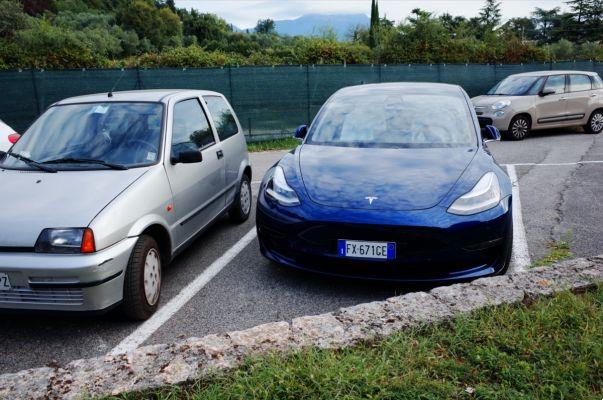
Tesla Model 3 at the parking lot (Photo © Antonio Dini)
One pedal driving
This driving style, which is a bit of an open secret among Tesla users, is very comfortable and one quickly becomes a slave to it. If the automatic car is more comfortable than the one with the gearbox because there is no clutch, this becomes even more comfortable because the brake is only needed for emergencies. And then you can obviously do more.
Autopilot, assisted navigation and cruise control
Enter the computer. This in the "active" part of the guide. Three things are possible. Pushing the shift lever down once while driving activates cruise control. In other words, the car automatically maintains the current speed, regardless of whether the road goes up or down or curves. It's up to us to turn the steering wheel and brake at the traffic lights, or change speed with one of the two wheels on the steering wheel, but – and this is the difference – if the one in front of us slows down, our car slows down too. And if he stops, he stops behind him at the set distance. And if it starts again, it starts again too. We have to take care of steering.
I'll tell you another way: queues become acceptable. Except that the car starts and stops smoothly and there are always geniuses trying to get in the way (think of you).
Then you switch to autopilot if you are traveling on the motorway or national road or ring road, with the steering wheel symbol visible because it means that the car "understands" the road and could drive. You flick the gear lever down twice, the car goes “sdeng” and she drives. The steering wheel stiffens, the car moves to the center of the road (it is impressive to feel that she is driving) and follows the road. Just this. You can adjust the speed with the usual wheel, you have to be careful that sometimes Google Maps has wrong maximum speeds (like 90 when it should be 50) and you have to keep your hands on the wheel. If you don't react (because you are distracted or maybe asleep) the car flashes the internal screen more and more, makes noise and then (they tell me) slows down, puts on the double indicators and should pull over to the right until it stops.
Assisted navigation is an extra option (which is paid separately compared to the autopilot) and optionally allows you to hook it up to an itinerary, but I'll get back to that shortly.
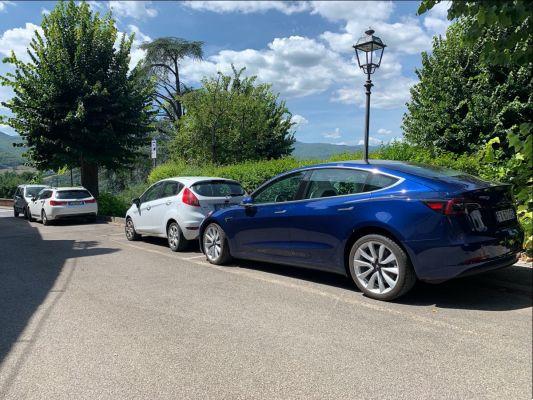
Tesla Model 3 in disguise (Photo © Antonio Dini)
How I found myself with the autopilot and assisted navigation
I had a good time but not great. The car drives as if it has a P in the back: like a good-willed amateur. Central gear in the lane, it tends to widen the bends, it doesn't hurry up in complex situations or in works in progress and, if there are tense curves or bad road signs, it lets you drive without warning with a "sdeng" and your steering wheel. This is an incentive to keep our hands on it, I must say. He did it to me about ten times on the Cisa before I gave up and drove it all myself. On the A1, on other “straight” roads or on the Brenner motorway, it went so smoothly that it seemed paid off.
Turn-based navigation adds three things, as I understand it. First of all the possibility of having suggestions and being able to accept them simply by moving the arrow in the right direction. The second is having direction suggestions with respect to the itinerary (semi-automatic exiting from the motorway, interchanges and junctions which, however, are very rare here) and finally, thirdly, the "tactical" driving advice with respect to traffic.
In practice: I lock my destination to the assisted navigation after starting the autopilot and Carlotta16 puts herself in the middle of the right lane at 130. There is a car in front that goes slower, Carlotta16 suggests I move to the left to overtake her after she has "watched" for nothing to come from behind. I move the arrow to the left and she moves down the lane. The same if we are going left and someone arrives faster: Carlotta16 looks around her and suggests that I move to the right, if the lane is sufficiently clear for her.
When one arrives at the exit or at a junction to change the section of the motorway, Carlotta16 suggests that I turn to exit. Just put the arrow and she throws herself like a buzzard, even too narrow and dangerous in this case.
What about this autopilot?
In the end, I only used the autopilot on the motorway and relatively little, both due to the orography of our country and the limits that the system still has, especially in the big bends. and also a little for the rudeness of most motorists. You never know if she suddenly gives up driving because maybe she doesn't understand the road anymore or brakes because she fears a collision with an idiot who slips in front of you in a space that is too narrow for her but obviously "plentiful" for him.
The autopilot if you have the Model 3 I think you buy it, but for sure today it is not the purchase of life. The other two functions I mentioned are more so. In my opinion, "cruise control smart" (which I don't know if it's available as an option or standard) and one-pedal drive (definitely standard) already make the difference.
But the screen does not distract you?
Driving with the screen is surprisingly helpful and not distracting. First, because it is large and presents a lot of information well. And then because looking in the menus for configurations is not something you do often and above all not on the go. You can configure everything, but you don't need to do it all the time. For example: you set the lights (automatic depending on the road and external brightness) and the windscreen wipers (automatic, if it rains) the first day in the car park and then go on forever. You don't have to tinker with it all the time.
Many of the parameters to be adjusted are things that are not part of the operation of the car, they are not needed when driving. You configure it and you forget it a bit. Then there are also other things that can be done: at Superchargers or in any case when the car is stationary there are video games, which with teenagers are always needed (mine are small and we haven't gotten to video games yet, so nisba).
The app, summon, sentry mode and the people
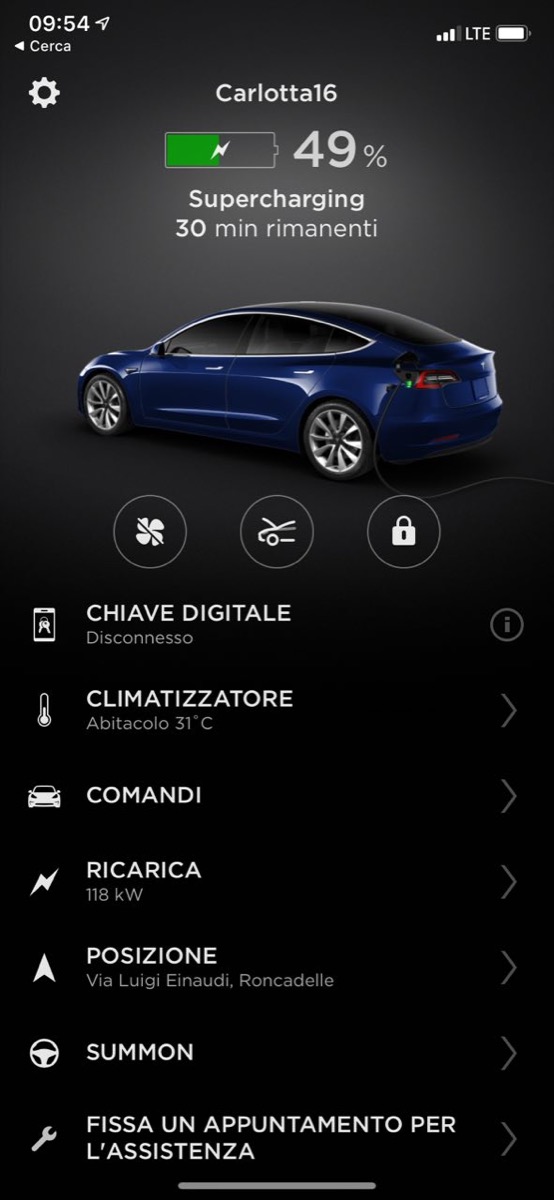
Tesla Model 3 app for iOS (Photo © Antonio Dini)
Then there's the app, which lets you do a lot of things. From piloting the recharge to opening and closing the car by simply approaching or moving away. It's better not to leave your sleeping partner inside, however, while you take the children to the bathroom, because the alarm goes off and if she had heart disease we had already lost her. You can also use the app to start heating or air conditioning (very convenient I must say), and have event reports of the "sentinel mode".
This is new, a still immature piece of software because it records everything that happens in front and on the sides of the car if it senses movement, or acts as a dashcam while driving. It just wants USB sticks formatted in a particular way to download videos, it doesn't allow you to do it easily, you don't understand how much memory it has, it doesn't let you see it on the screen in the car (because idk) and it doesn't send it to you on your phone (for reasons of privacy). In short, you who have the Model 3 wait for the update to version 2.0 to arrive, which is so standard. Also, 5% of the machine's charge burns out at night (damn him).
Furthermore, from the telephone – standing close to the car – the car can be activated and let it enter or leave a parking lot or garage. We have done it several times with our Carlotta16, a feline of almost two tons. People seem to like it a lot because they gasped. They also said strange things. And then, let's face it, this car that attracts attention. While you travel they watch you, while you're still they watch you. If you're not there, they watch it the same and you know it because you see the video recordings. When it parks itself (a bit wide) they look at you. When he picks you up in the car parks 50m away they will look at you even more. In short, it took a while to tame her but when you get into the spirit then everything changes. The only thing that really depressed me is my bank account, which doesn't even allow me to consider it (damn it!).
Conclusion
Because the feeling after having left Carlotta16 at Tesla with lots of greetings from a good wind and thanks for all the fish, is that of having given back a piece of the future, and having gone back to living in a past that I no longer recognize as mine. I don't know if it's my job and my personal profile but I really like that future. Enthusiasm level. It's not like that for everyone. I have equally enthusiastic friends and relatives and others who think it's total bullshit and too expensive. Others who don't even want to see it, because at a certain point in their lives we may have filled up with new things and we would just like a comforting present that comforts us with certainties and does not scare us instead with the uncertainty of change. Plus electric!
My partner, on the other hand, has become a great friend of Carlotta16, as have my children. She is fascinated by the capacity of the trunks and the elegant lines of the end of the side, when the rear glass closes next to the bodywork with the wire going in the same direction. And from the lightness of the guide: she manages to do the free-form crossword puzzle without almost realizing it. And behind her is the USB port for recharging her iPad mini. In short, in the end it was comfortable.
Instead, the title of this post refers to the feeling I had when in the US, it was the fall of 2007, I bought the 2G iPhone at an Apple Store in Las Vegas. I didn't know what to expect, even though I previewed it in January of that year in San Francisco. Having it in my pocket instead was the revolution for me. Suddenly the Nokia seemed like a relic of the past.
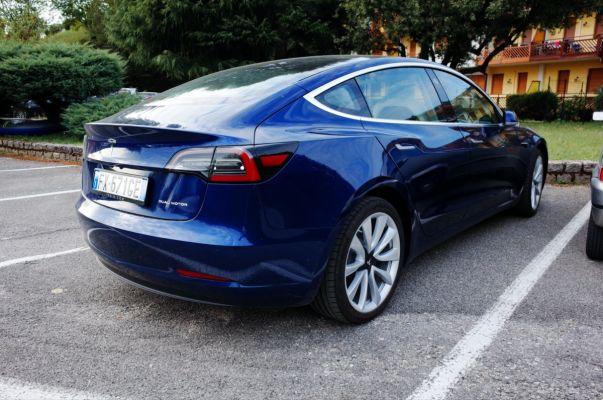
Tesla Model 3 bye bye (Photo © Antonio Dini)
Carlotta16 is that thing there: I drove a UFO, I was inside a glass bubble, making no noise, passing by thousands of noisy and smelly cars, vans and trucks, mechanically complex in a useless way. I've seen hundreds of gas pumps looking at them for the first time and realizing how much space they steal. And are we talking about car dealerships? Expanses of asphalt and buildings full of gadgets that one day we will see as mechanical watches look today: expensive, complex, obsolete, for collectors.
I felt part of a small piece of possible future, which pollutes much less and is more advanced, more on a human scale. I got the idea that Carlotta16 could be a car that makes sense to use for ten, fifteen, up to twenty years. Not to "finish it off" by turning it into a traveling wreck that pollutes and consumes more than the designers intended, but because it has the mechanical and technological capacity to travel 600 kilometers without turning into a wreck, assuming that the bodywork holds up (who knows, only the time will tell).
It may also be true that those at Tesla don't know how to make "cars", but I would buy Carlotta16 right away. Possibly blue with white interior (and long range, thanks).
Journalist and essayist, he was born in Florence and now lives in Milan. He writes about technology and loves to fly, if he has to even in economics. He has had a blog since 2002: Il Posto di Antonio




